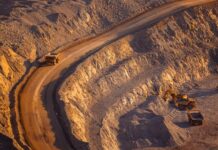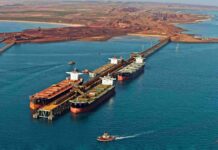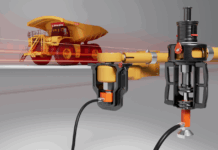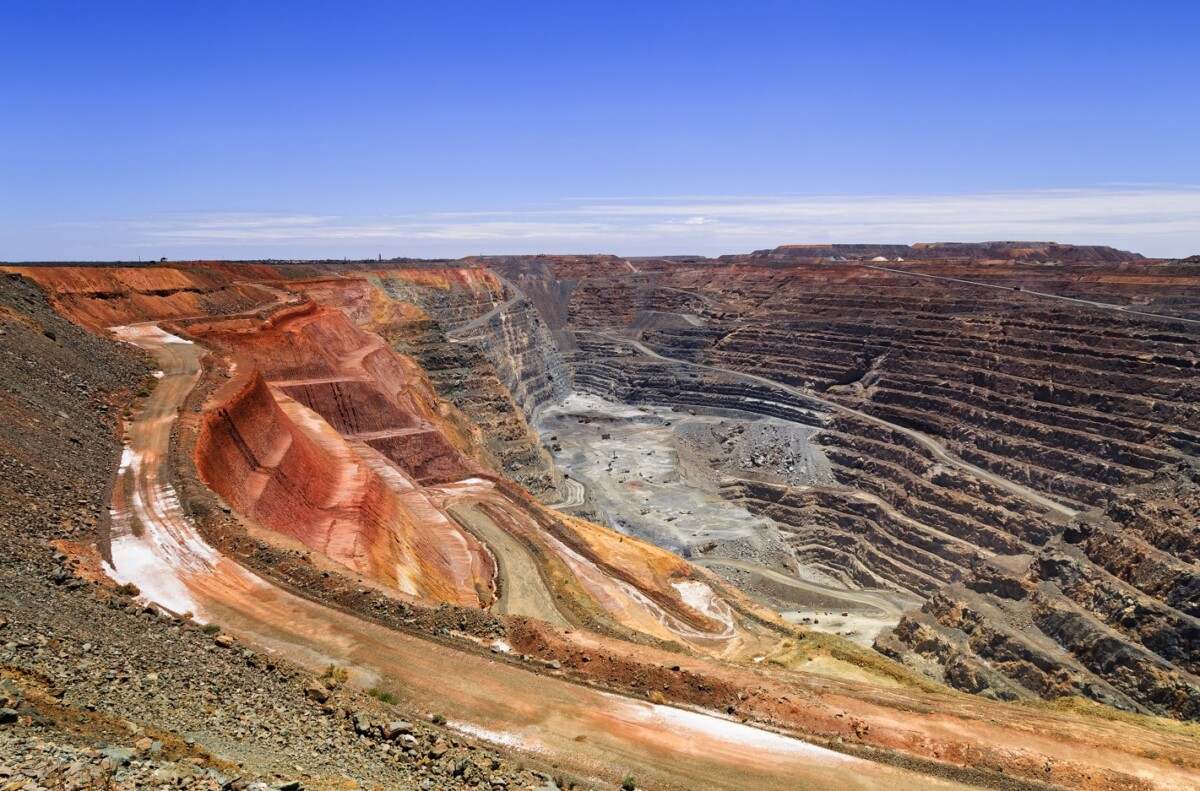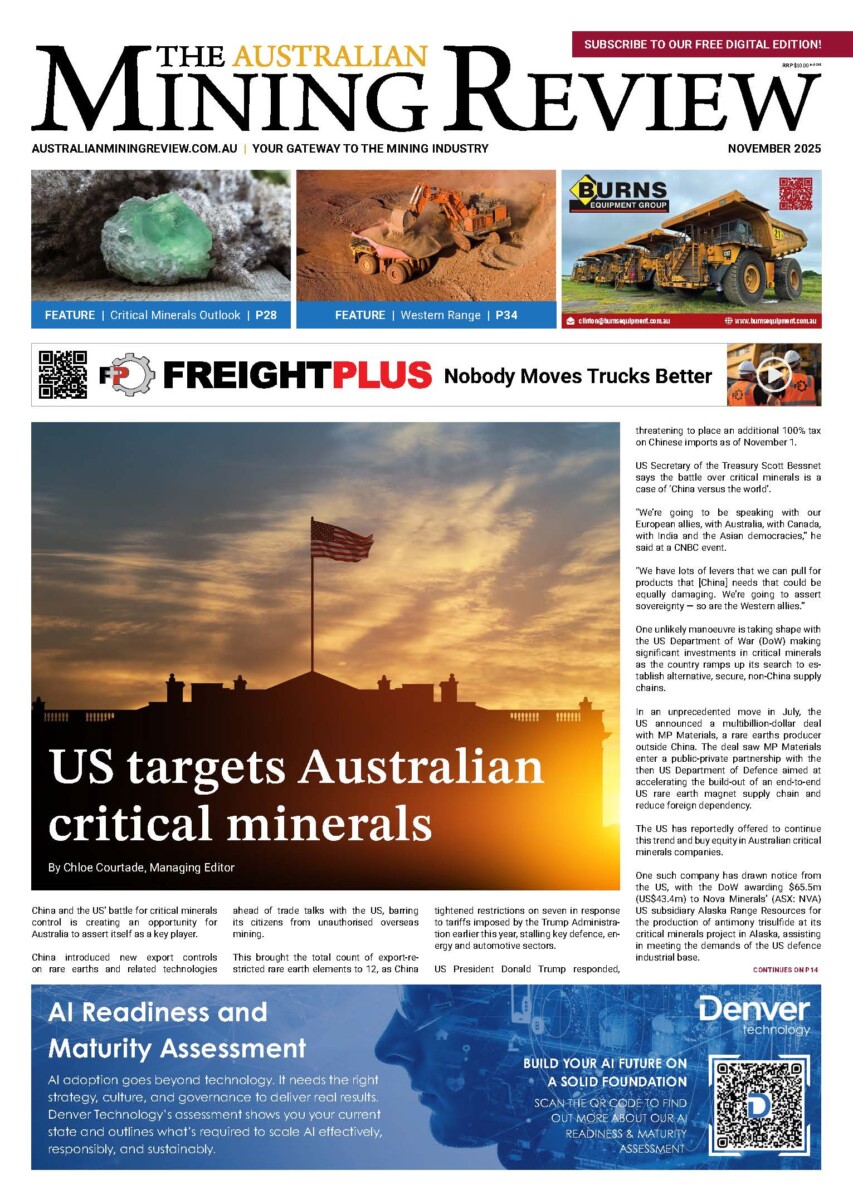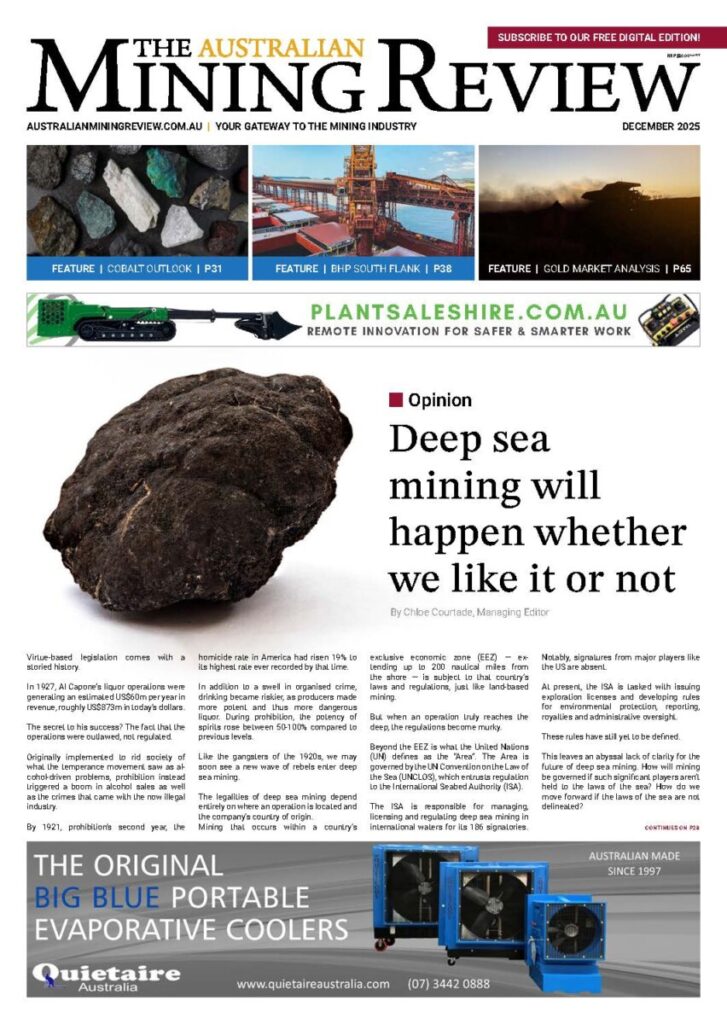Is Dutch Disease still plaguing Australia?
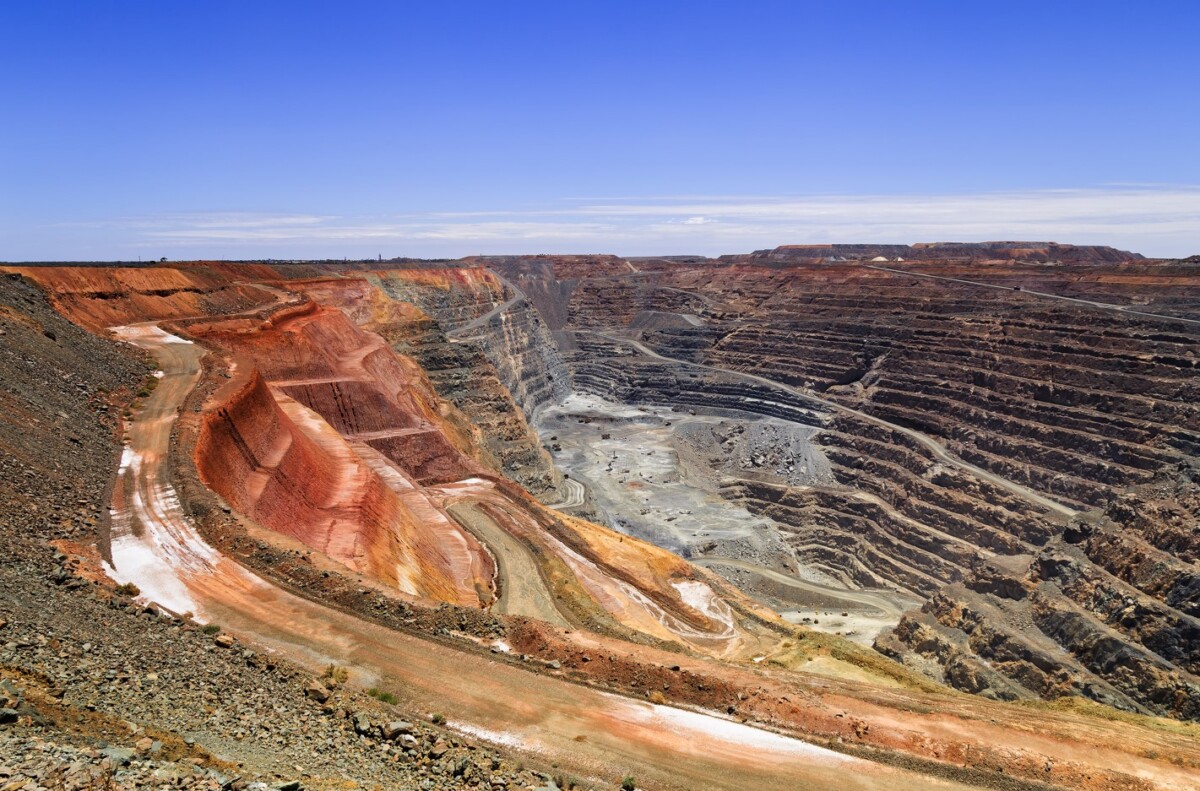
As the mining sector continues to shape the country’s fortunes, the lessons of Dutch Disease remain as pertinent as ever for resource-rich nations like Australia.
What is Dutch Disease?
The phrase ‘Dutch Disease’ originated after the discovery of large gas fields off Groningen in the northern Netherlands.
“The origins of the expression Dutch Disease come from the mid to late 60s, when, after the discovery of large gas fields off Groningen in the northern Netherlands, the Dutch guilder appreciated significantly against other European currencies, and that supposedly led to other Dutch manufacturing becoming uncompetitive,” Independent economist Saul Eslake said.
This phenomenon — when a boom in one sector, such as resources, leads to currency appreciation and harms other export sectors — has echoed through Australia’s economic history.
“In the late 1970s and early 80s, when I started my career working in the Treasury in Canberra, I was tasked with writing a speech about this for the then Treasury Secretary John Stone,” Mr Eslake said.
“There was a concern that the Australian dollar would appreciate, and it did actually appreciate in the late 80s, and that would make a lot of Australian manufacturing uncompetitive at a time when we had relatively higher manufacturing than we do now.”
Boom and bust
Australia’s economy has long been shaped by cycles of boom and bust, often driven by global demand for mineral resources. The mining boom of the early 2010s, fuelled by China’s insatiable appetite for iron ore and coal, saw the Australian dollar soar above parity with the US dollar for the first time since 1982.
“The real most recent danger of Dutch Disease in Australia was about 13-15 years ago and it’s not an issue now,” Mr Eslake said.
“The risk of it was when our currency was egregiously overvalued… but now the currency at 65 [cents] is pretty competitive.”
Yet, the impact of these booms has not been felt evenly across the country.
“WA coped fine with the dollar being where it was because they were still making bucket loads of money from iron ore in particular,” Mr Eslake said.
“Nevertheless, the combination of higher electricity prices and a very strong dollar was obviously a competitive problem. It was a bigger problem for agricultural producers, because agricultural commodity prices didn’t rise in the way that mineral commodity prices did.”
Australia’s policymakers have not been blind to the risks.
“At the time when we had another commodity boom launched by China’s fiscal stimulus in response to the global financial crisis, [policymakers] would make speeches talking about the history, and say, ‘we’re determined not to repeat it’,” Mr Eslake said.
“So they put interest rates up, not a lot… but because Australia and Norway were the only countries doing it… we attracted a lot of capital inflow that, in turn, added to the upward pressure on the exchange rate caused by the boom in iron ore and copper.”
Despite these efforts, the cyclical nature of commodity markets means that the threat of Dutch Disease is never far away.
In recent years, the conversation has shifted to critical minerals and the geopolitics of resource supply chains, with pressure on governments to subsidise or protect companies building.
“A lot of this is being justified on grounds of either ‘security’ or ‘sovereignty’,” Mr Eslake said.
“When you make something a matter of security or sovereignty, it’s kind of saying you can’t let grubby concepts like cost and benefits interfere with something about security.
“And what’s more, because it’s about sovereignty or security, it’s kept secret.”
As Australia looks to the future, the challenges deepen, with concerns around electricity costs and green premiums remaining.
As the nation continues to ride the waves of global commodity markets, the lessons of the past remain vital. Whether the next boom brings prosperity or new challenges may depend on our willingness to learn from history.


